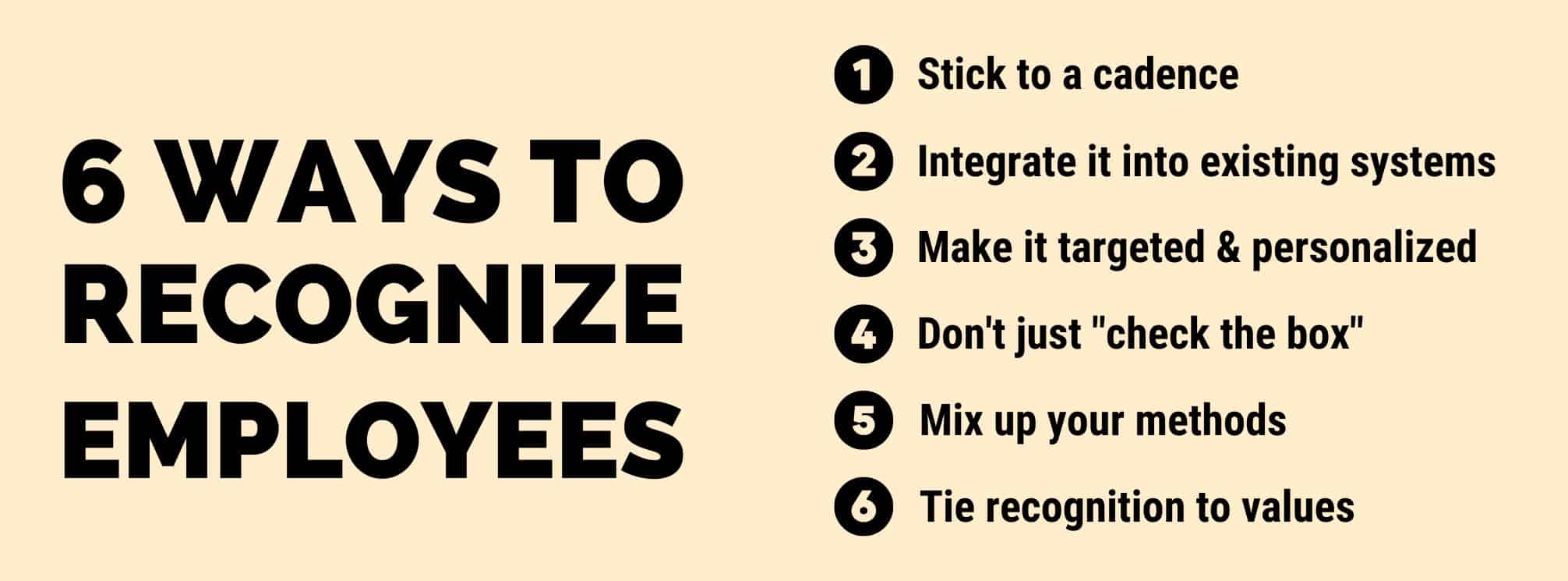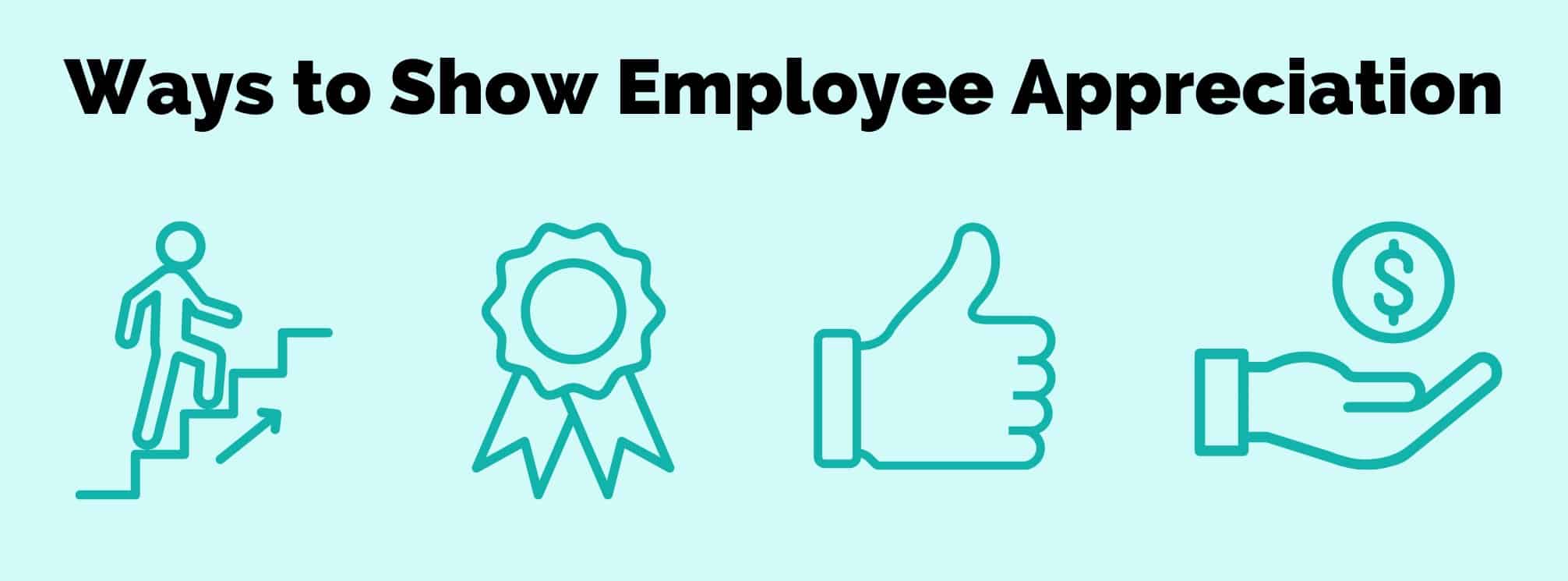
Employee recognition is one of the most important parts of the employee experience and is a deciding factor in how engaged and committed employees feel at work. So, why are we so bad at doing it? And why do we consistently leave out our deskless employees? The truth is that targeted, personalized recognition isn’t easy. But that doesn’t mean it’s not worthwhile. That’s why we’re sharing 6 ways to recognize employees, including your frontline teams.
Showing employees appreciation is one of the best ways to retain them. Of course, it doesn’t replace proper compensation, benefits, and safe working conditions, but ensuring that recognition is part of your strategy is an easy, affordable way to improve retention and performance.
Only 1 in 3 employees believe they received some type of recognition in the last week, and employees who don’t feel appreciated are twice as likely to quit in the next year (Gallup).
When managers give weekly feedback, their team is 3.2 times more likely to strongly agree they are motivated to do outstanding work (Gallup).
But even though we know recognition leads to better work performance:
There is a huge disconnect between what we know about the power of recognition and our ability to adequately make recognition part of our comms and employee experience strategies.
Although our struggles with showing appreciation impacts all workers, we especially struggle to recognize deskless employees.
Why is that?
It all comes back to our tech stack and employee access to information.
Historically, investments in technology and programs have focused on deskbound office workers. However, frontline workers often lack access to comms tools, and frontline managers often lack the comms skills required to nurture, acknowledge, and develop their direct reports.
But you have a lot of power to shift the imbalance in your company. As you rethink your recognition and engagement programs, ensure that you include your frontline teams, especially training your frontline managers.

Did you know? 9 in 10 people would work for less money in exchange for more meaningful work, and that all starts with showing your employees you value them and their contributions.
Regardless of if you are starting a recognition program from scratch or are trying to improve an existing one, these six best practices will help you improve the quality and consistency of your employee recognition efforts.
Recognition that’s infrequent, exclusive, and on a set schedule (e.g. annual reviews) has a limited impact. We need to build recognition into our day-to-day, with managers taking the lead.
One way to do that is to take advantage of shift meetings and one-on-one meetings. Any time a manager is preparing to meet with their team or an individual, they need to keep the contributions of their team members in mind and include it in their talk track.
Gallup consultants believe that weekly recognition is best because it allows managers to thank and celebrate accomplishments in a timely manner.
Personalized recognition for everyone requires a strategic, thoughtful approach. Experts at Gartner recommend:
If everyone gets the same praise, it starts feeling like a one-size-fits-all sweater that doesn’t fit anyone. For recognition to make someone really feel appreciated you want to be as specific as possible.
By tailoring your recognition to each employee and their specific contributions, this also helps to cut down on how repetitive your appreciation posts sound. Too often, our recognition messages just look like nearly identical copies just with names and pictures changed.
Avoid that by asking the employee’s manager or team for a quote and citing specific examples of that employee’s contributions.
If recognition is a box your people leaders check, it can seem forced or patronizing. We might fall into the habit of recognizing employees solely for things they already do well, rather than taking note of the new ways they’re challenging themselves or calling out something that you really think deserves to be acknowledged.

Just like how you don’t want to recognize multiple people for the exact same thing over and over, the same thing goes for how you recognize your team. There are many forms of recognition to use:
It can even help to mix up who the recognition comes from. Gallup surveyed employees to learn who the most meaningful and memorable recognition they received came from and they found:
At the end of the day, deskless employee recognition is another way to strengthen company culture. Recognition reinforces desired behaviors. So, reward your deskless employees based on living your mission/values and contributing to a positive culture on their team.
Ready to take the next step? Start creating employee recognition campaigns that move the needle using theEMPLOYEEapp platform.
If you need ideas to get you started, download our free guide to frontline worker recognition.
[optin-monster slug=”crjbkzvkr6j2bfyh0hza” followrules=”true”]
Sydney Lauro is the Demand Generation Manager for theEMPLOYEEapp. Prior to joining the team, Sydney worked in internal comms for Chipotle Mexican Grill. She uses her internal comms expertise and passion for improving communication and EX to share best practices to help other comms professionals.